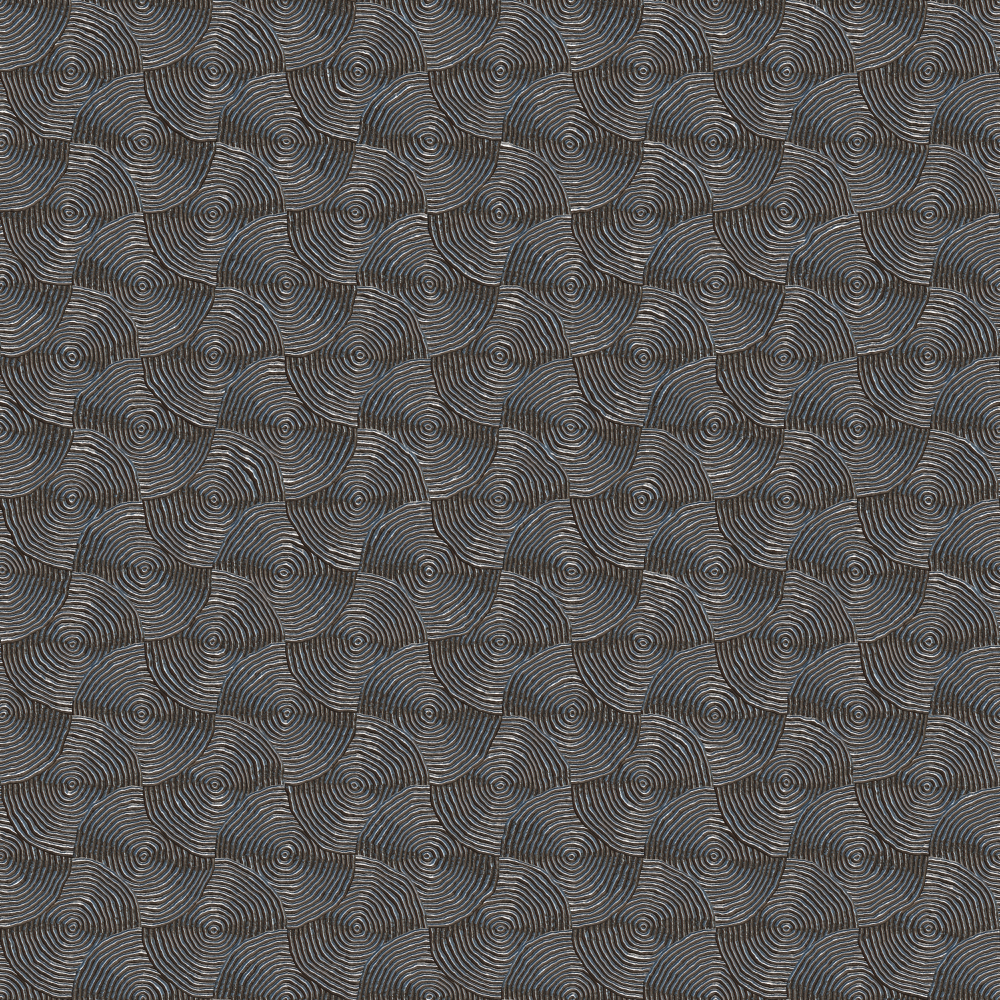Dr Santiago Septien Stringel | Transforming Human Waste into Sustainable Products
Original Article Reference
This SciPod is a summary of the paper ‘Effect of drying on the physical and chemical properties of faecal sludge for its reuse’ from the Journal of Environmental Chemical Engineering. doi.org/10.1016/j.jece.2019.103652
About this episode
Faecal sludge, a material derived from human waste, can be difficult to dispose of and causes significant disease and pollution worldwide. However, it also shows potential as a fuel, fertiliser and even a building material, if properly treated. Dr Santiago [san-tee-ah-go] Septien [sep-tee-uhn] Stringel and his team at the WASH R&D [wash R and D] Centre of the University of KwaZulu-Natal [kwah-zoo-loo-nay-taal], in Durban, South Africa, have been investigating the process for drying faecal sludge, towards developing new ways of transforming it into sustainable products.
This work is licensed under a Creative Commons Attribution 4.0 International License. 
What does this mean?
Share: You can copy and redistribute the material in any medium or format
Adapt: You can change, and build upon the material for any purpose, even commercially.
Credit: You must give appropriate credit, provide a link to the license, and indicate if changes were made.
More episodes
Professor Christophe Ley | Spotting relationships in complex angular datasets
Data involving angles can be found across a diverse array of scientific fields, but so far, the mathematical tools used to study them have often proved insufficient to detect the complex relationships between different angles within large datasets. Through its research, a team consisting of Professor Christophe Ley and Sophia Loizidou from the University of Luxembourg, Professor Shogo Kato from the Institute of Statistical Mathematics in Tokyo, and Professor Kanti Mardia from the University of Leeds, has developed a new model which overcomes many of these challenges: allowing the researchers to study relationships between three angles at once, as well as mixtures of angles and classical measurements on the line.
Dr. Chance Glenn | Could extreme electric fields make the warp drive a reality?
For decades, works of science fiction have explored how the universe’s most fundamental speed limit could be broken by warping the fabric of spacetime. Through his experiments, Dr. Chance Glenn, founder of Morningbird Space Corporation, believes he may have discovered how spacetime can be distorted by extreme electric fields, which can be easily created in the lab. If his theory is correct, it would mean that the concept of ‘warp drives’ which allow us to travel at faster than the speed of light could be more feasible than we once thought.
Dr. Robert Tomkowski | Investigating How Dimpled Surfaces Can Minimise Friction
Dimpled surfaces offer a useful and easily implementable way to reduce friction between lubricated surfaces as they slide over each other. Through cutting-edge simulations, Dr. Robert Tomkowski and colleagues at the KTH Royal Institute of Technology in Sweden explore how the microscale structures of surface dimples can be optimized to minimize friction. Their findings could help to reduce wear in mechanical systems, while also making them more energy efficient.
Professor Suzanne Scarlata – Dr. Nima Rahbar | How a Biological Enzyme Could Help Concrete to Heal Itself
As an inherently brittle material, concrete often needs to be replaced after just a few decades: driving a demand which incurs significant costs for Earth’s climate. Through their research, Professors Suzanne Scarlata and Nima Rahbar at Worcester Polytechnic Institute, Massachusetts, introduce a new mechanism that allows concrete to quickly repair itself, with the help of an enzyme vital to the function of living cells. This approach could help to reduce the world’s insatiable demand for concrete.
Increase the impact of your research
• Good science communication helps people make informed decisions and motivates them to take appropriate and affirmative action.
• Good science communication encourages everyday people to be scientifically literate so that they can analyse the integrity and legitimacy of information.
• Good science communication encourages people into STEM-related fields of study and employment.
• Good public science communication fosters a community around research that includes both members of the public, policymakers and scientists.
• In a recent survey, 75% of people suggested they would prefer to listen to an interesting story than read it.

Step 1 Upload your science paper
Step 2 SciPod script written
Step 3 Voice audio recorded
Step 4 SciPod published




